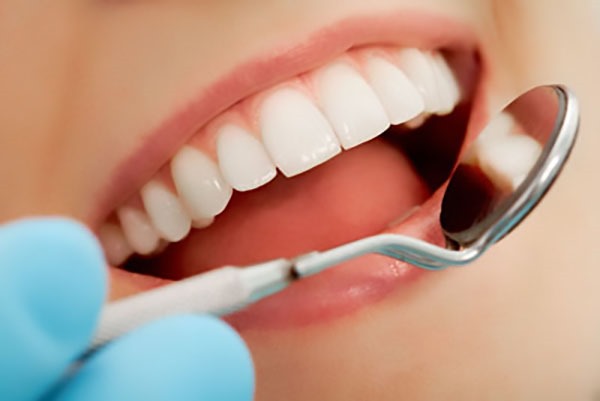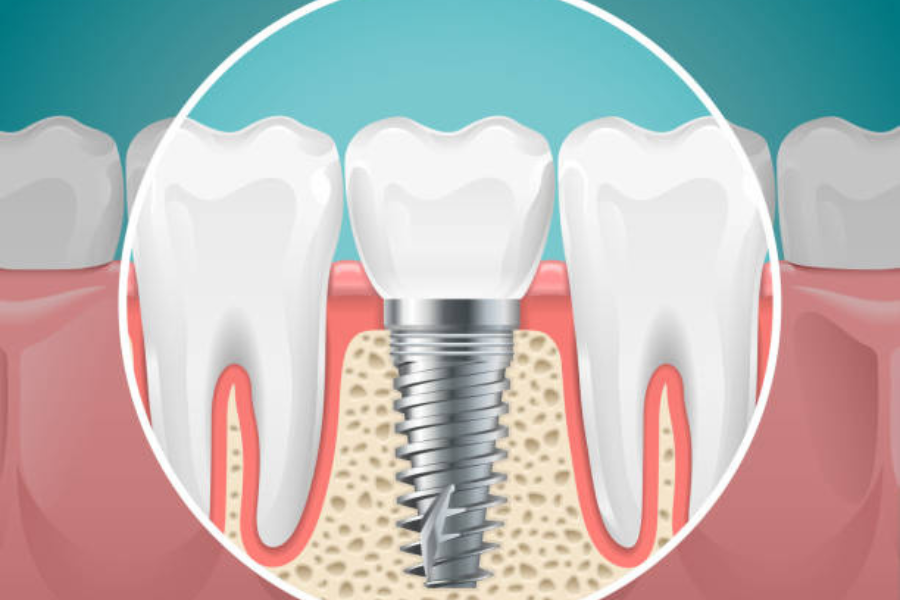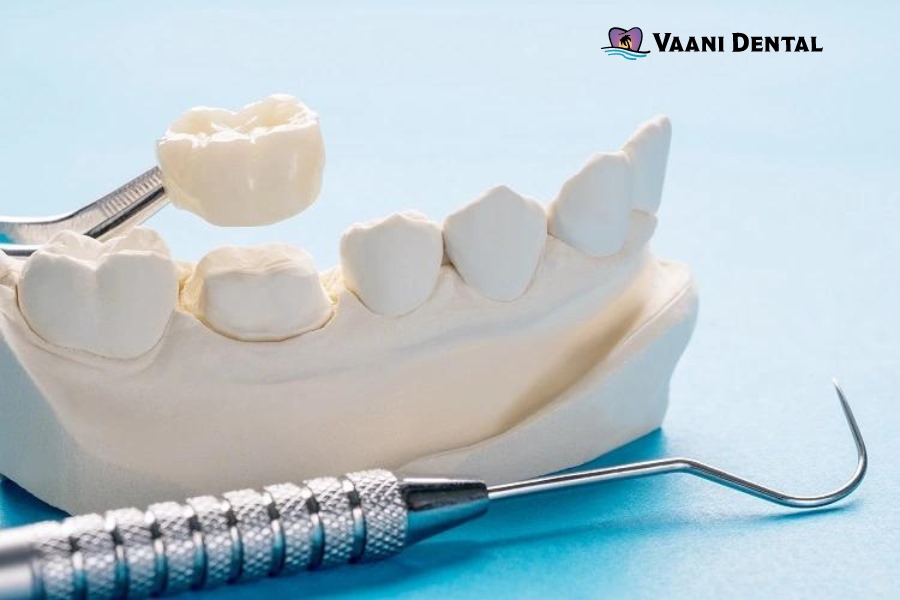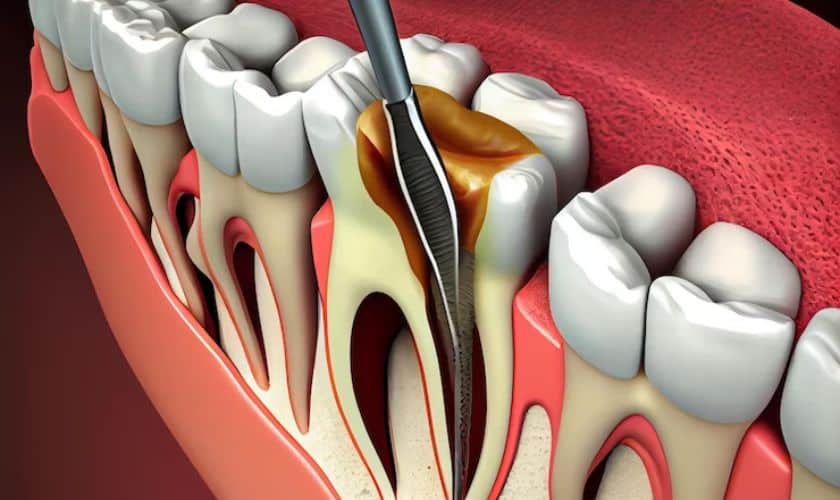
Dental bridges are a popular and effective solution for replacing missing teeth. A bridge literally “bridges” the gap created by one or more missing teeth by placing artificial teeth anchored to adjacent natural teeth. If you’re considering dental bridges, understanding the process will help you feel confident and informed. This blog walks you through the step-by-step process of getting dental bridges, from the initial consultation to the final placement.
Step 1: Initial Consultation and Assessment
The journey to getting a dental bridge begins with a consultation with your dentist. During this appointment, your dentist will thoroughly assess your oral health, including your gums, remaining teeth, and overall mouth condition. This step ensures that you are a good candidate for a dental bridge and that your adjacent teeth are strong enough to support the bridge.
Your dentist will discuss your medical history, including any underlying health conditions, medications, or previous dental treatments. X-rays and impressions of your teeth may be taken to gain a detailed understanding of your mouth’s structure. If necessary, any existing dental issues such as tooth decay or gum disease will need to be addressed before moving forward.
Step 2: Preparing the Adjacent Teeth
Once the initial consultation is complete and your dentist determines that you are ready for a dental bridge, the next step is the preparation of the adjacent teeth, which will serve as anchors for the bridge. This process is typically done under local anesthesia to ensure that you are comfortable throughout the procedure.
The dentist will reshape the two teeth on either side of the gap by removing a portion of enamel and any decayed material. This allows space for the dental crowns that will be placed over these teeth to support the bridge. In some cases, if the adjacent teeth are weak or compromised, your dentist may recommend root canal therapy before preparing the teeth.
Step 3: Taking Impressions
After the adjacent teeth are prepared, your dentist will take precise impressions of your teeth, including the gap and the prepared teeth. These impressions will be used to create a custom dental bridge that fits seamlessly into your mouth. The impressions are typically made using a putty-like material or digital scans, which create a 3D model of your teeth.
In addition to the impressions, your dentist may also take measurements of your bite to ensure that the bridge aligns properly with your other teeth and doesn’t affect your bite pattern. These details are crucial for the final fit and comfort of the bridge.
Step 4: Temporary Bridge Placement
While the custom dental bridge is being fabricated in a dental lab, your dentist will place a temporary bridge over the prepared teeth. This temporary bridge helps protect the exposed teeth and gums while your permanent bridge is being made. It also ensures that you can continue with your daily activities, including eating and speaking, without difficulty.
Temporary bridges are designed to fit comfortably and can last for a few weeks to a couple of months, depending on the time it takes for your permanent bridge to be created. It’s important to follow your dentist’s instructions on how to care for the temporary bridge, as it is not as durable as the final one.
Step 5: Fabrication of the Permanent Bridge
The process of fabricating the permanent dental bridge typically takes about two to three weeks. The dental lab uses the impressions and measurements taken earlier to create a bridge that fits perfectly in your mouth. The bridge is made from high-quality materials such as porcelain, metal, or a combination of both, depending on your preferences and the location of the missing teeth.
Porcelain bridges are often chosen for their natural appearance, as they can be color-matched to the shade of your surrounding teeth. Metal-based bridges are stronger and may be recommended for molars, where the force of chewing is greatest.
During this time, your dentist will communicate with the dental lab to ensure that the bridge is being made to the correct specifications. Once the bridge is ready, your dentist will schedule your next appointment to place the permanent bridge.
Step 6: Fitting and Adjusting the Permanent Bridge
When your permanent dental bridge is ready, you’ll return to the dentist’s office for the placement procedure. Your dentist will remove the temporary bridge and carefully place the new, permanent bridge on your prepared teeth. The bridge will be checked for fit, comfort, and alignment.
The dentist will assess how the bridge feels in your mouth, ensuring that it doesn’t interfere with your bite or cause any discomfort. If any adjustments are needed, the dentist will make minor modifications to ensure the bridge fits properly. It’s essential that the bridge is both secure and comfortable before moving forward.
Step 7: Cementing the Bridge
Once the fit is confirmed and any necessary adjustments are made, the dental bridge is permanently cemented in place. The dentist will use a strong dental adhesive to bond the bridge to the prepared teeth. The cement used is durable and designed to withstand the forces of chewing, ensuring that the bridge remains securely in place for years to come.
After the cement has set, your dentist will check your bite one final time to ensure that everything is in proper alignment. If necessary, any further adjustments will be made.
Step 8: Follow-Up Care and Maintenance
After the bridge is placed, your dentist will provide you with instructions on how to care for your new dental bridge. Proper oral hygiene is essential for maintaining the longevity of the bridge and the health of your surrounding teeth and gums.
You should continue to brush and floss your teeth as usual, but it’s important to be gentle around the bridge area. Special flossing tools or a floss threader may be recommended to clean under the bridge and between the crowns to prevent plaque buildup and gum disease. Regular dental check-ups are also important to ensure that your bridge remains in good condition and that your overall oral health is maintained.
Step 9: Enjoying Your New Smile
Once the dental bridge is securely in place, you can enjoy the benefits of a restored smile and improved functionality. With a dental bridge, you will be able to eat, speak, and smile with confidence once again. The bridge will help prevent the shifting of adjacent teeth and improve your overall oral health.
While dental bridges are a long-lasting solution, they may eventually need to be replaced or adjusted over time due to wear and tear. However, with proper care and maintenance, your dental bridge can serve you well for many years.
Conclusion
Getting a dental bridge involves a series of carefully planned steps designed to ensure a successful and comfortable result. From the initial consultation and preparation of your teeth to the final placement and follow-up care, each step is important for achieving a restored smile and improved function. If you have missing teeth and are considering a dental bridge, consult with your dentist to discuss whether this option is right for you. With the right care, a dental bridge can be a durable and effective solution for restoring your smile and confidence.






